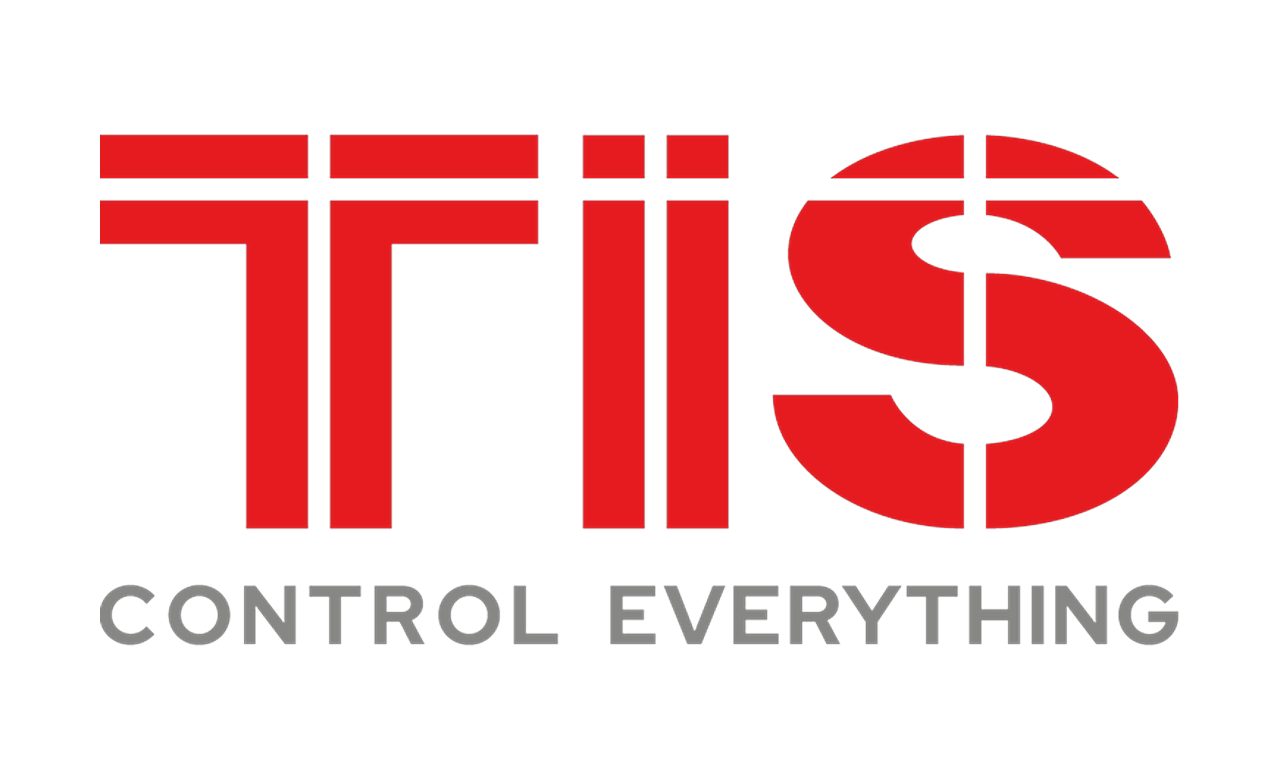TIS: A Premium Approach to Smart Automation
TIS (Total Intelligent Solutions) is an established player in the smart building automation market, offering a comprehensive suite of solutions primarily focused on high-end residential, commercial, and hospitality projects. Unlike some mass-market smart home brands, TIS positions itself as a premium, integrated, and highly customizable system designed for robust performance and advanced functionalities. While not an open international standard like KNX, TIS provides a meticulously engineered ecosystem that aims for seamless integration and sophisticated control over diverse building functions.
Technical Architecture and Components
TIS systems operate on a distributed control architecture, primarily utilizing its proprietary TIS-BUS protocol, a robust wired communication backbone (often RS485-based) that ensures reliable and high-speed data exchange between devices. TIS also offers wireless communication options (TIS-RF) for greater flexibility in certain installations. A key distinction is TIS’s emphasis on dedicated control panels and centralized processors for managing the system, though individual devices retain a degree of intelligence.
Key components of a TIS system typically include:
- TIS-BUS Processors/Gateways: These serve as the central brain of a TIS installation, coordinating communication, executing programmed logic, and often providing interfaces for network connectivity (IP) and integration with other systems.
- TIS-BUS Modules/Controllers: A wide array of modular devices designed for specific functions, such as dimmers, relay switches, motor controllers (for blinds/curtains), HVAC interfaces, and IR/RF gateways. These modules are typically DIN-rail mountable for neat integration into electrical panels.
- Touch Panels and Keypads: TIS offers a range of elegant touch panels and customizable keypads that serve as the primary user interfaces for local control. These often feature graphical interfaces for intuitive operation and scene recall.
- Sensors: Dedicated TIS sensors for occupancy, light, temperature, humidity, and security (e.g., door/window contacts) provide environmental data and trigger automation routines.
- IP Converters and Network Devices: For remote access, integration with third-party IP devices, and communication with mobile applications, TIS systems leverage IP converters and network infrastructure.
- TIS Configuration Software: A proprietary software tool used by integrators for designing, programming, commissioning, and diagnosing TIS installations. This software allows for detailed customization of device behavior, logic functions, and user interfaces.
TIS systems support a star or bus topology for wired connections, allowing for structured and scalable installations. While not as universally scalable as an open standard like KNX, TIS can accommodate significant projects by deploying multiple processors and intelligent modules across different zones or floors.
Advanced Features and Applications
TIS’s integrated ecosystem allows for sophisticated control and automation across various building domains:
- Integrated Lighting Control: Advanced dimming (including DALI and 0-10V), RGBW color control, scene management, and timed lighting schedules.
- HVAC Integration and Management: Precise control of heating, ventilation, and air conditioning systems, often with zone-based control, scheduling, and energy optimization features.
- Motorized Control: Seamless automation of blinds, curtains, gates, and projection screens with precise positioning and scheduling.
- Security and Access Control: Integration with alarm systems, motion detectors, door/window sensors, and access control solutions for enhanced property security.
- Energy Monitoring and Management: Features for tracking energy consumption and implementing strategies to reduce waste, such as occupancy-based power management.
- Audiovisual Integration: Robust capabilities for integrating with AV systems, allowing for unified control of home theaters, multi-room audio, and video distribution.
- Remote Access and Visualization: Through dedicated mobile applications and cloud services, users can monitor and control their TIS system from anywhere, with intuitive graphical interfaces displaying real-time status.
- Advanced Scenario and Logic Programming: TIS excels in creating complex, multi-action scenarios (“modes” or “scenes”) and sophisticated conditional logic (IF-THEN rules) to automate responses to various events or user inputs.
- Customization and Personalization: The proprietary nature allows for a high degree of customization in user interfaces, button assignments, and system behavior, tailored to specific client preferences.
Advantages of TIS
- High Reliability and Stability: The emphasis on wired communication and robust, purpose-built hardware contributes to exceptional system stability and minimizes interference.
- Integrated Ecosystem: As a single-vendor solution, TIS ensures seamless compatibility and optimized performance across all its components, simplifying integration.
- Premium Quality and Aesthetics: TIS devices often feature high-quality materials and refined designs, fitting well into luxury residential and commercial environments.
- Sophisticated Control and Logic: The system offers powerful programming capabilities for complex automation scenarios and detailed customization.
- Dedicated Support and Training: TIS provides extensive support and training for its certified integrators, ensuring professional installation and maintenance.
- Enhanced Security: Being a more closed system, it can offer a controlled security environment with proprietary encryption and authentication methods.
- Tailored Solutions: Ideal for projects requiring bespoke automation solutions and a high level of personalization.
Considerations
- Proprietary System: TIS is a proprietary ecosystem, meaning reliance on a single manufacturer for hardware and software. This can limit device choice compared to open standards.
- Initial Investment: Generally positioned at the higher end of the market, the initial investment for a TIS system can be substantial.
- Specialized Expertise: Installation and programming require trained and certified TIS integrators, which might limit DIY options and increase service costs.
- Interoperability: While TIS can integrate with some third-party systems via gateways, its primary strength lies within its own ecosystem, potentially limiting broad interoperability compared to open standards.
In essence, TIS offers a premium, robust, and highly integrated smart automation solution, particularly well-suited for high-value projects where reliability, sophisticated control, and aesthetic appeal are paramount. Its proprietary nature ensures a cohesive system experience, albeit with a higher entry barrier in terms of cost and the need for specialized integrators.


